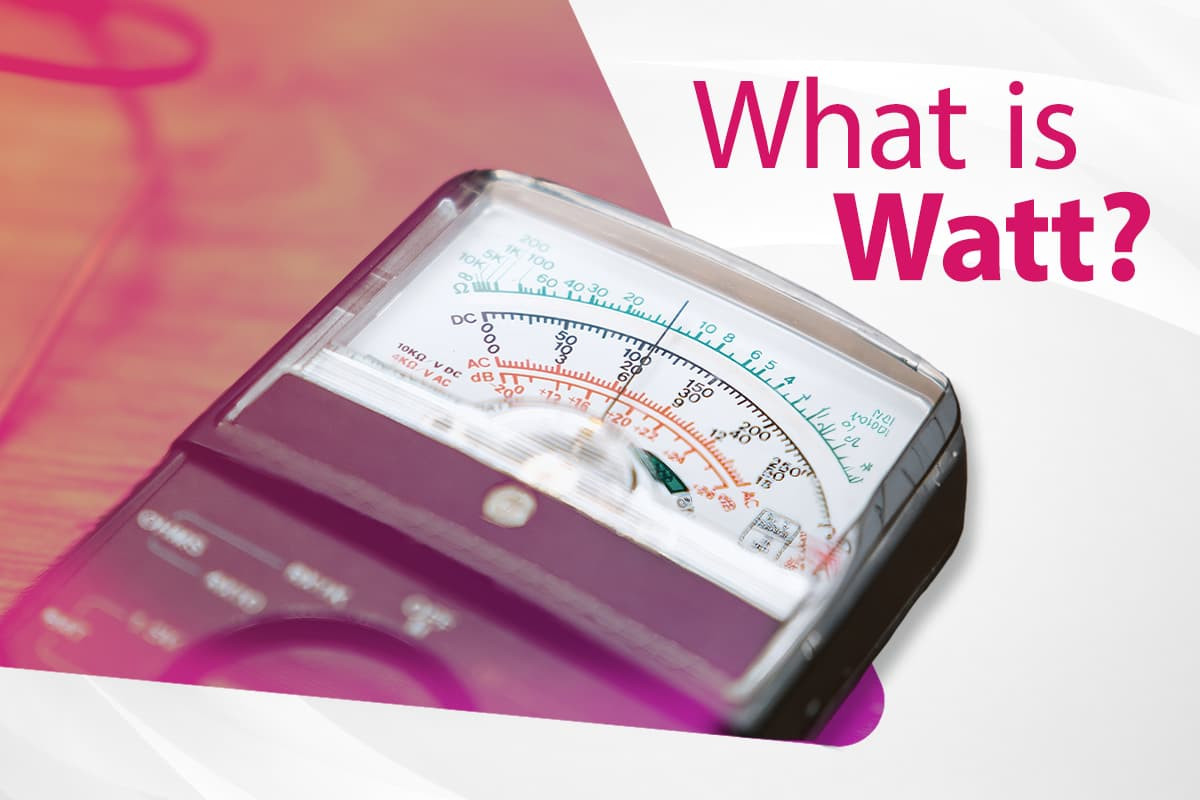
What is Watt? How to Calculate with Watt Formula?
What is in this article?
When your living room light bulb flickers out, how many watts do you consider for the new bulb at your local DIY store? Your answer might be a reflection of your everyday lighting needs and preferences. Ever wondered about the unit Watt corresponds to and its significance in the realm of energy? If you’re not deeply involved in this field professionally or academically, it’s totally normal to feel a bit out of the loop. Empower your knowledge with our detailed insights and become a Watt wizard!
Watt: The globally recognized unit of power in the International System of Units. A unit marking the pace of energy transformation, defined as Joule per second. The watt symbolizes the velocity of energy flow in circuits and is commonly abbreviated as W. For instance, standard household bulbs usually range from 25 to 100 watts - quite the spectrum! Armed with this knowledge, you’ll be more conscious when choosing a new bulb, appreciating its significance in energy.
What Exactly is the Watt Formula?
The Watt Formula is surprisingly straightforward. A single watt equals one ampere of current times one volt. The formula W = V x I brilliantly encapsulates this relationship. In this equation, W stands for power (Watts), V for voltage (Volts), and I for current (Amperes).
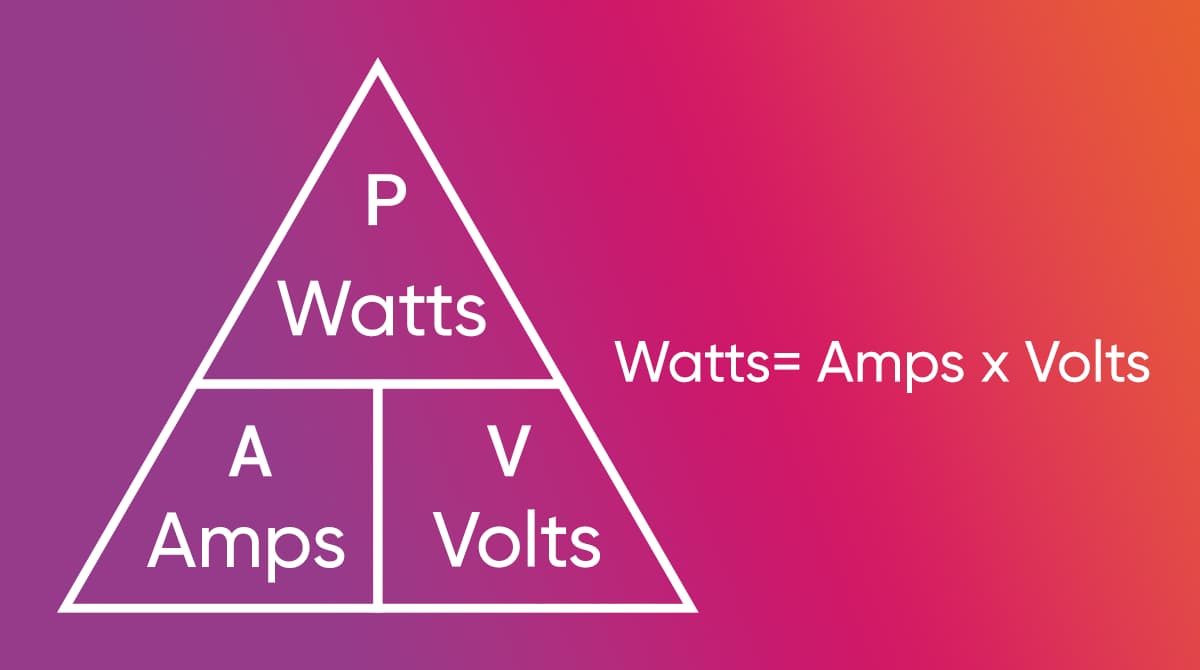
Related Article
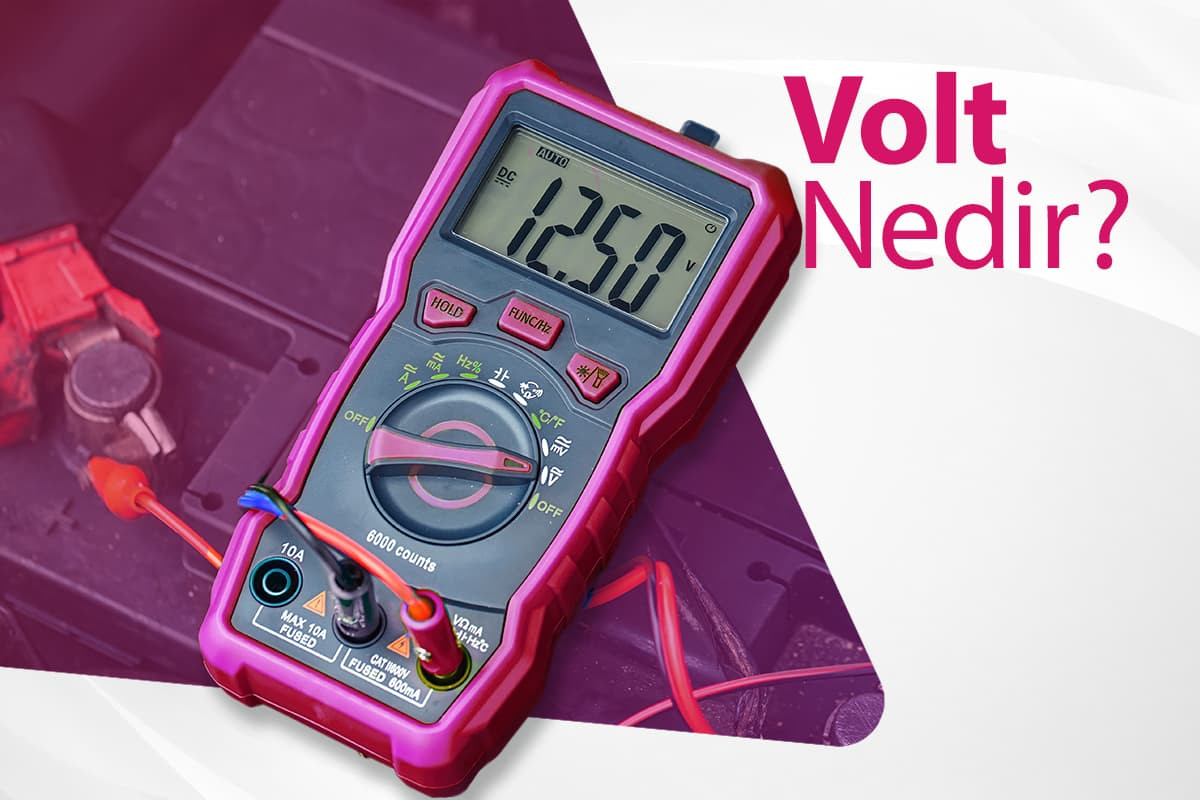
What is Volt? What is the Volt Unit?
Calculating Watts
Watts, a measure of power, is derived by multiplying the circuit’s current by its voltage. For example, a 220-volt bulb with 0.5 amperes of current translates to 110 W, as calculated by 220 V x 0.5 A. This way, the bulb’s power can be expressed as either 100 watts or 110 W.
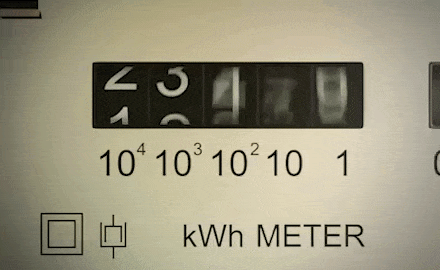 Measuring Watts: How is it Done?
Measuring Watts: How is it Done?
You will need a wattmeter for watt measurement. The wattmeter, a device for gauging power in electrical circuits, operates on fundamental measurement principles.
Choose between analogue or digital watt-meters, each tailored for different power types like DC (direct current) or AC (alternating current).
Exploring Watt Units & Their Types
Discover the world of Watt multipliers: from the minuscule picowatt to the immense petawatt, including nanowatt, microwatt, milliwatt, kilowatt, megawatt, gigawatt, and terawatt. These multipliers might seem unfamiliar if you’re not an energy professional, but they play a significant role in various fields. Interestingly, you might encounter some of these multipliers in everyday scenarios. Kilowatts and megawatts are commonly used terms, and you’ve likely come across them in daily life or at work. Delve deeper into our content to understand what these units represent and their typical applications.
Picowatts, a mere trillionth of a watt, are crucial in sensitive devices like radio and radar receivers. Nanowatts, amounting to one billionth of a watt, also find their place in the intricate workings of radio and radar technology. The microwatt, a millionth of a watt, is extensively used in scientific and engineering fields, particularly in radio and radar applications.
The kilowatt, equivalent to a thousand watts, is a familiar unit reflecting the power of motors and the energy consumption of various tools and machines. Megawatts, scaling up to a million watts, power large-scale applications like street lighting, aircraft carriers, submarines, and heavy engineering equipment. Consider the vast energy consumption of large hotels or shopping centers, which often require several megawatts.
Gigawatts, a billion times the watt, are the unit for measuring the output of large power plants. The terawatt, an astronomical trillion times the watt, represents the total power consumption of humanity on a global scale. You’ve encountered terawatts many times in your life without realizing it. Lightning flashes, a natural occurrence, exhibit power measured in terawatts. Specifically, a lightning strike releases 1 terawatt of power. This immense power is unleashed in just the final 30 microseconds of a lightning strike.
A petawatt is an even larger unit, equating to one quadrillion watts. Petawatts are also used to describe the energy flow from sunlight to the Earth’s atmosphere. So, the total energy flow from sunlight to Earth is around 174 petawatts. The sun’s total brightness is measured at about 1.367 kW/m2. On average, 1.367 W reach the outer surface of Earth’s atmosphere per square. So, watt multipliers are not at all unfamiliar to us; they are deeply integrated into our daily lives. Without realizing, we are surrounded by these watt multipliers in nature. This feature offers detailed insights, helping you to gain a deeper understanding of watt multipliers and their diverse applications.
Related Article

The most Commonly Used Electrical Terms and Their Meanings
Etymology of Watt
Named after James Watt, the steam engine innovator, the watt was introduced as a power unit in the International System of Units.
 The watt was established posthumously in honor of James Watt’s significant contributions to steam engine development. The British Association for the Advancement of Science adopted the watt in 1889. In 1960, during the 11th General Conference on Weights and Measures, the watt was officially recognized as a unit of power in the International System of Units (SI).
The watt was established posthumously in honor of James Watt’s significant contributions to steam engine development. The British Association for the Advancement of Science adopted the watt in 1889. In 1960, during the 11th General Conference on Weights and Measures, the watt was officially recognized as a unit of power in the International System of Units (SI).
Commonly used in the energy sector, the watt is defined as joules per second. Physically, it corresponds to the amount of energy produced or consumed per unit time. The watt unit is, in fact, commonly used all the time. Every time the Watt is used as a measurement, we are unknowingly honoring one of the scientists who significantly shaped the history of science with their inventions.
Although it’s uncertain if James Watt and Alessandro Volta, contemporaries in their time, ever met, their names have been united in scientific formulas for many years and will continue to be in the future. Now, whenever you encounter these units on a bill at home or work, or on a product in the market, you might recall the scientists whose names are globally celebrated every day, every hour, and every minute for their monumental contributions to science.
If you enjoyed this article about the watt, a unit commonly encountered in daily life and crucial in understanding energy, feel free to send us your comments and share it to spread awareness and inform others.

 Online Services
Online Services Application Inquiry
Application Inquiry Pay Assurance Fee
Pay Assurance Fee Query Installation Number
Query Installation Number Compensation Fee Inquiry
Compensation Fee Inquiry Automatic Payment Order Inquiry
Automatic Payment Order Inquiry Partnership
Partnership
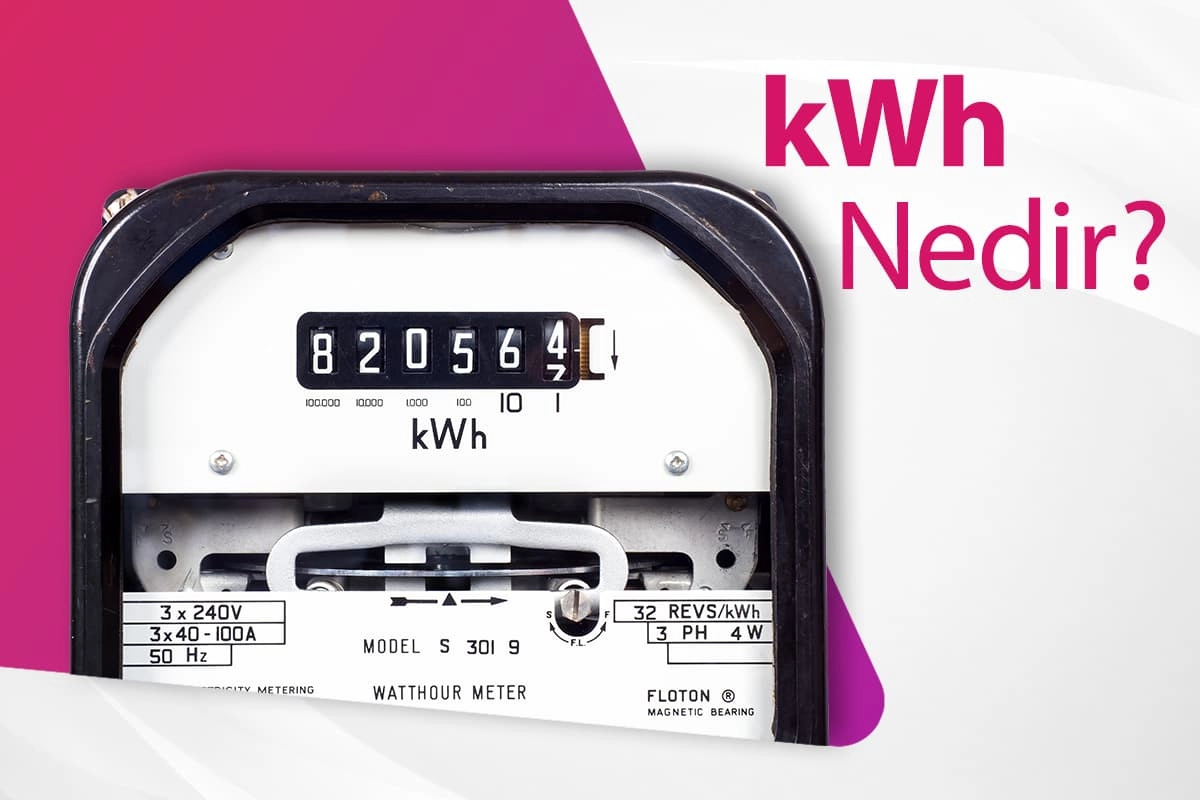
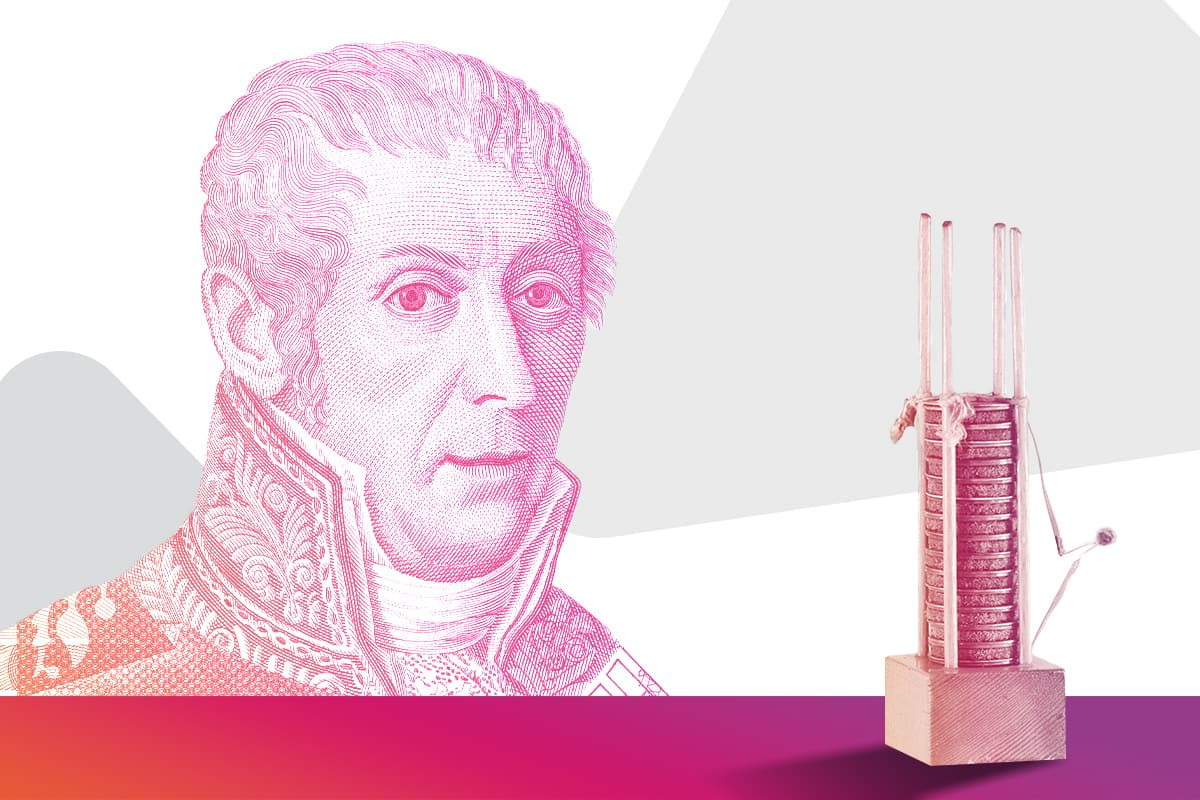

Leave a Comment
Comments (1)
K
Kadir YILMAZ
Çok beğendim waat çeşitleri oranları hesaplamalar çok değerli bilgiler emeğine sağlık
Aydem Perakende
Merhaba,
Değerli yorumlarınız için teşekkür eder, keyifli okumalar dileriz! :)